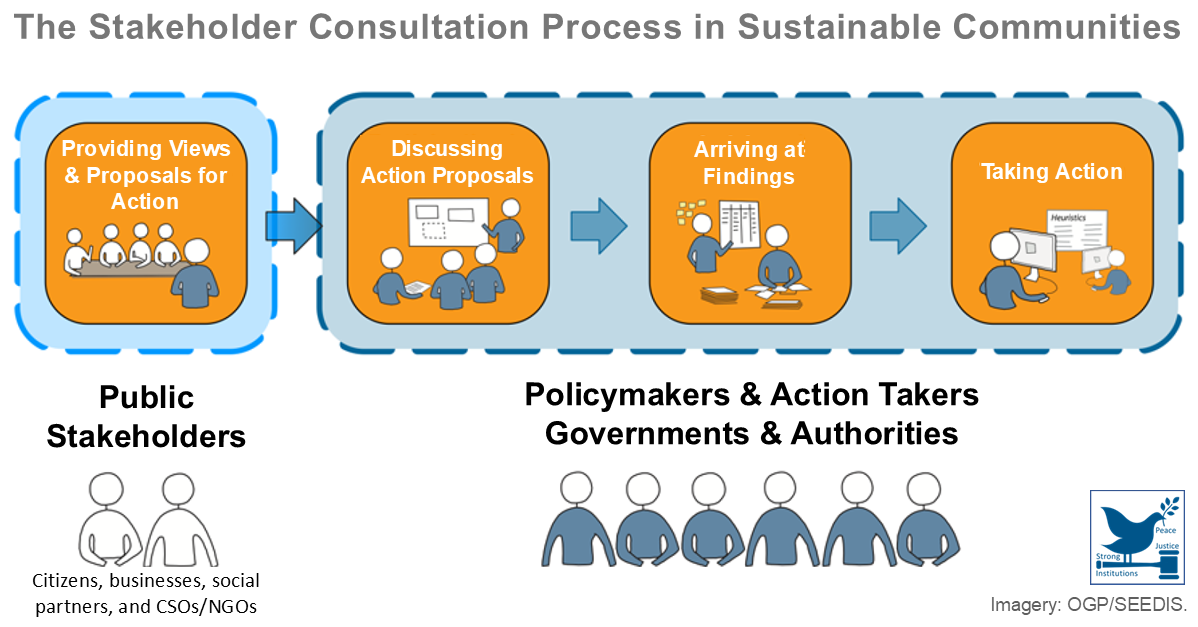ESG is not SDG
Sustainability and company circularity self-assessments, project green certifications, sustainability reporting and CSR or ESG ratings are the popular means for companies to demonstrate their "greenness" and sustainability.
ESG ratings measure the environmental, social and corporate governance (ESG) risk in the performance of company supply chains. However, there is no global definition of ESG or standardized ESG ratings metrics nor are the proprietary rating models of the rating agencies target-oriented or process-focused.
ESG rating agencies generally ignore supply chains, which allows companies to cherry-pick the most favorable ESG performance metrics that boost their ratings and, thereby, “greenwash” their supply chain. Moreover, ESG ratings deflect the attention of investors and lenders from the true sustainability performance of companies.
Consequently, to use ESG ratings as a metric for the sustainability of companies is misleading. Instead, we must consider how companies facilitate the circular economy and work towards achieving the Sustainable Development Goals (SDGs).
We recognize the circular economy (CE) to be the only sustainable way for companies and communities to develop and operate. Circularity calls for collaboration between all stakeholders from the private, public and third sectors to successfully transition from the linear economy.
To measure ESG risks, the EU's Sustainable Finance Disclosure Regulation mandates investment funds to report details on how they integrate ESG characteristics into their investment decisions. As of 2023, the German Supply Chain Due Diligence Act requires large companies based in Germany to be responsible for social and environmental issues arising from their global supply chain networks.
The enablers of the circular economy are the NGOs, public institutions, companies and their trade associations that facilitate environmental and socioeconomic sustainability. The circular economy connects and utilizes intersector knowledge and experiences in terms of resource efficiency and reduced environmental impacts.
Innovative ways and means are required to successfully transition towards circularity, which entails collaboration between all stakeholders – producers, policymakers and community citizens. Companies play the decisive role through technical innovation, recirculation and resource efficiency strategies, and stakeholder support.

